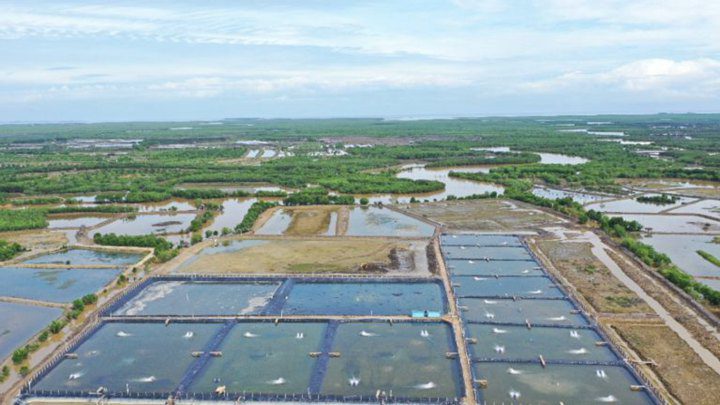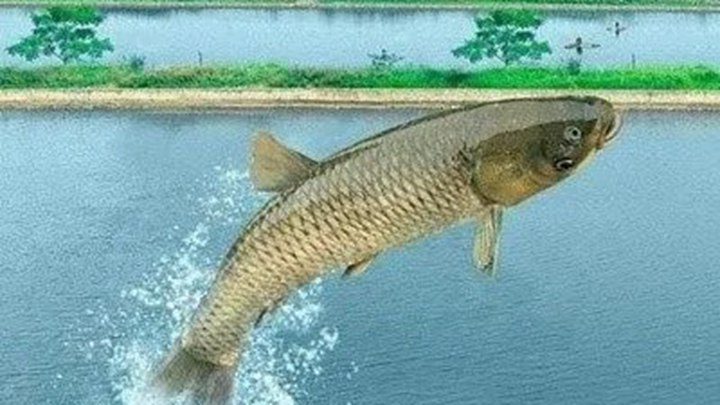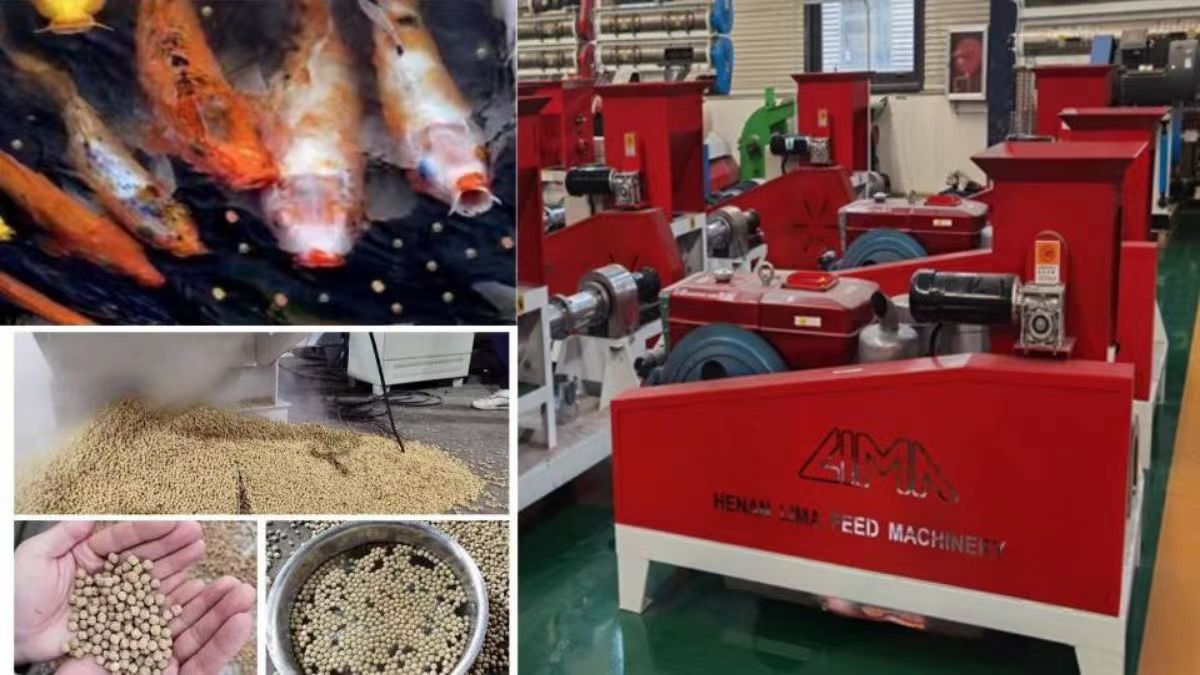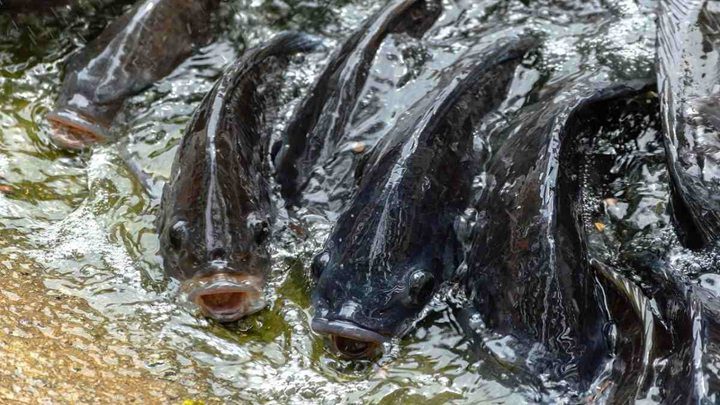Indonesia is an archipelago consisting of 17,000 islands, with a coastline of about 81,000 km. Coupled with a warm tropical climate all year round, the potential for aquaculture is vast. Even as the country only utilizes 7.38% of its total potential area for aquaculture, it already ranks among the most productive countries in aquaculture production.
Rapid developments of fish farms in Indonesia
The main growth driver for Indonesia’s fisheries is the fact that key commodities such as fish and shrimp continue to enjoy strong demand domestically and abroad respectively. The main domestic factor is the fact that the archipelago nation of more than 250 million people is a major consumer of fish. Fish consumption per capita was estimated at 33.76 kg/year in 2014.
Thanks to the wide coastline and warm tropical climate, Indonesia has become one of the top 4 nations in fishery production. With the growth of capture fisheries stagnating, further growth has to increasingly depend on the nation’s aquaculture fisheries, which comprise mainly shrimp, fish, and seaweed.
Introduction of the fish farming industry in Indonesia
The main growth driver for Indonesia’s fisheries is the fact that key commodities such as fish and shrimp continue to enjoy strong demand domestically and abroad respectively. The main domestic factor is the fact that the archipelago nation of more than 250 million people is a major consumer of fish. Fish consumption per capita was estimated at 33.76 kg/year in 2014. Thanks to the wide coastline and warm tropical climate, Indonesia has become one of the top 4 nations in fishery production.
Indonesia is the largest economy in South East Asia with a relatively young, fast-growing, and increasingly urban population of over 260 million people. The country has tremendous potential to be a leading global seafood player and the Indonesian Ministry of Marine Affairs and Fisheries has the ambition to increase sustainable aquaculture production and reduce prices to make fish affordable for a larger part of the Indonesian population.
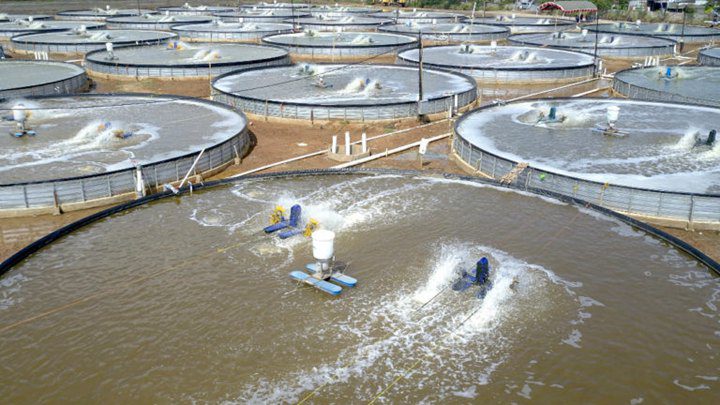
Aquaculture is one of the fastest-growing sectors globally. Indonesia is among the top three largest aquaculture producers all across the world. As per the reports available, the country earned approximately USD 4.24 billion by exporting fish and fishery products to other nations in 2014. Aquaculture has been growing leaps and bounds, and national production targets are increasing every year. Today, innovative practices are inevitable to achieve rapid expansion of aquaculture and meet the growing demand.
According to the United Nation’s Food and Agriculture Organization, the most essential aquaculture species include Seaweed, Nile Tilapia and Shrimp.
The Indonesian government has played a vital role in the expansion of the aquaculture sector by drafting strong policies that support the sector. Different areas where the national government has contributed massively include infrastructure, entrepreneurship, technology, environmental issues and production systems. Tilapia species and its production remain the key area of focus for the government.
Challenges need to be solved in aquaculture farming
Although the aquaculture sector is growing in Indonesia, there are several challenges that need to be resolved as well. The traditional form of capture fisheries still follows fishing methods that are unsustainable in the long run. Additionally, poor management has been causing various problems like water pollution and expenses. Another issue that needs a solution is overfishing which can be detrimental to the environment.
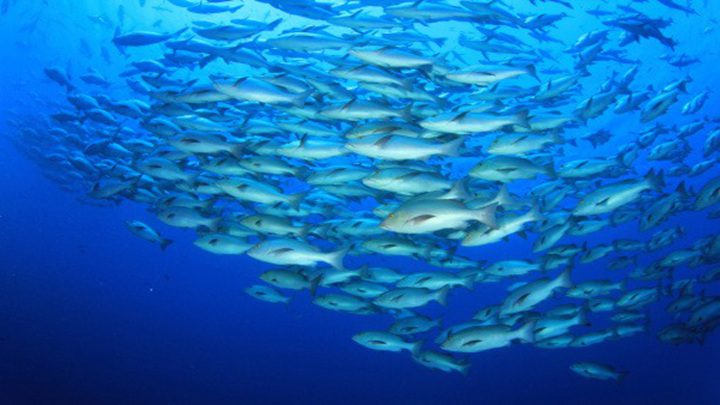
In aquaculture, one of the major concerns for fish farmers in Indonesia is the high cost of feed. Also, the cost incurred due to infrastructure requirements is not proportional to profits most of the times. Another common problem that plagues aquaculture systems are diseases that reduce quality and productivity of the output. Land use and water exchange are other issues that need urgent solutions.

